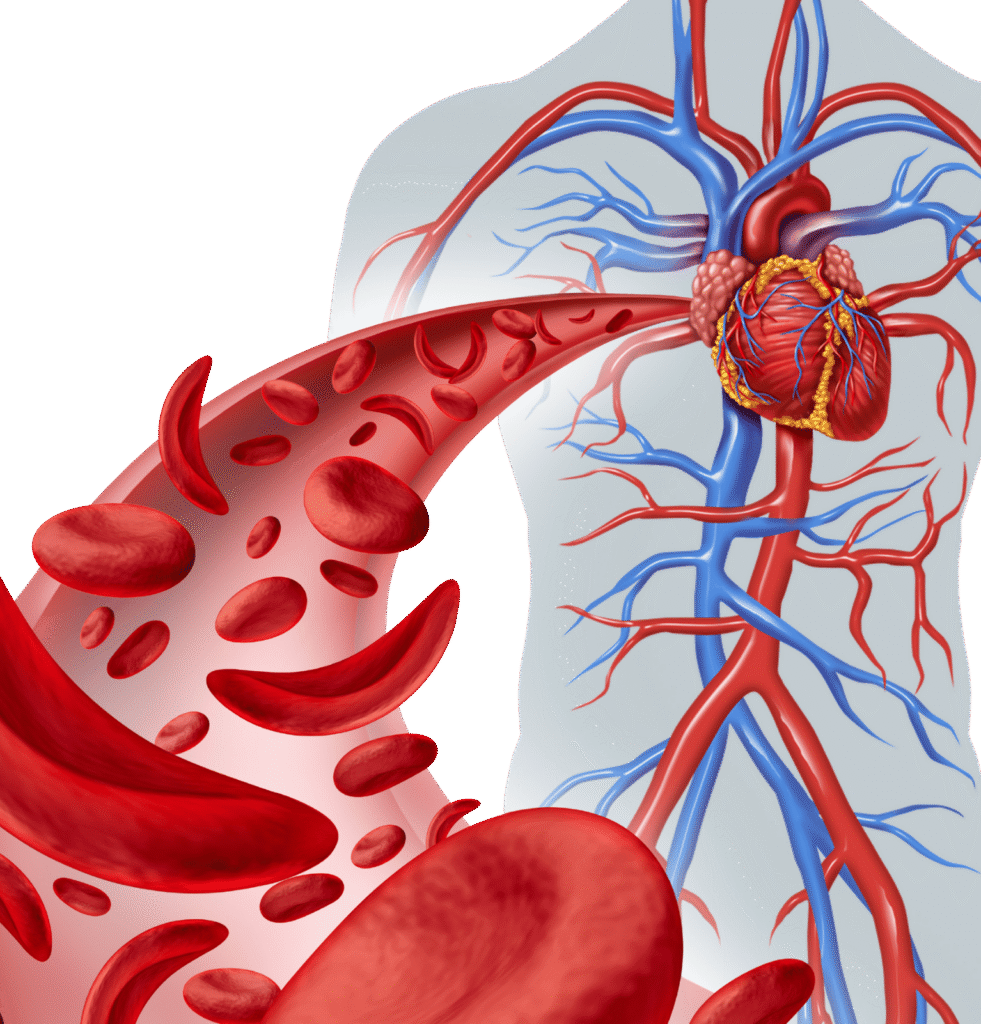Nutritional Status
"Nutritional Status" refers to the condition of the body in relation to the intake and utilization of nutrients. It's a comprehensive assessment of whether an individual is receiving, absorbing, and using enough (or too much) of the essential vitamins, minerals, proteins, carbohydrates, and fats required for optimal health, growth, and proper physiological function.
Assessing nutritional status is crucial for:
Identifying deficiencies
Lack of essential nutrients.
Detecting excesses/toxicities
Overconsumption of certain nutrients.
Diagnosing malnutrition
Both undernutrition (e.g., wasting, stunting) and overnutrition (e.g., obesity).
Monitoring nutritional interventions
Tracking the effectiveness of dietary changes or supplements.

Assessing overall health and disease risk
Nutritional imbalances can contribute to or worsen many chronic diseases.
Key Components of Nutritional Status Assessment :
A comprehensive assessment typically involves a combination of methods:
Dietary Assessment
- Purpose: To evaluate nutrient intake.
- Methods: Dietary recalls (24-hour, 3-day), food frequency questionnaires, food diaries.
- Information Gathered: Types and quantities of food consumed, eating patterns, dietary restrictions, allergies.
Anthropometric Measurements
- Purpose: To assess body size, proportion, and composition.
- Methods:
- Weight: Absolute weight, weight changes over time.
- Height: For adults, used to calculate BMI.
- Body Mass Index (BMI): (Weight in kg) / (Height in meters)2. Classifies individuals as underweight, normal weight, overweight, or obese.
- Waist Circumference: Indicator of abdominal fat, which is linked to metabolic risk.
- Skinfold Thickness: Measures subcutaneous fat.
- Bioelectrical Impedance Analysis (BIA): Estimates body fat and lean mass.
- Clinical Importance: Identifies underweight, overweight, obesity, and assesses growth in children.
Clinical Examination
- Purpose: To identify physical signs and symptoms associated with nutrient deficiencies or excesses.
- Examples:
- Skin: Dryness, pallor (anemia), rashes (e.g., niacin deficiency).
- Hair: Brittle, sparse (protein deficiency).
- Eyes: Dryness (Vitamin A deficiency), pale conjunctiva (anemia).
- Mouth/Tongue: Swollen, red tongue (B vitamin deficiencies), cracked lips.
- Nails: Spoon-shaped (iron deficiency).
- Muscle Wasting: Loss of muscle mass (protein-energy malnutrition).
- Edema: Swelling (protein deficiency).
Laboratory Tests (Biochemical Markers):
- Purpose: To measure levels of specific nutrients, nutrient-related proteins, or metabolic byproducts in blood, urine, or other tissues. These provide objective evidence of nutritional status.
- Protein Status:
- Albumin (Serum): A major protein synthesized by the liver. Low levels can indicate chronic protein malnutrition or liver disease.
- Prealbumin (Transthyretin): Has a shorter half-life than albumin, making it a more sensitive indicator of recent changes in protein status.
- Transferrin: A protein that transports iron; levels can be affected by protein status and iron deficiency.
- Vitamin Status:
- Vitamin D: 25-hydroxyvitamin D (25(OH)D) is the best indicator of vitamin D status.
- Vitamin B12 (Cobalamin): Serum B12 levels; also methylmalonic acid (MMA) and homocysteine (more sensitive indicators of functional B12 deficiency).
- Folate (Folic Acid): Serum folate, red blood cell folate (better long-term indicator).
- Vitamin A (Retinol): Serum retinol.
- Vitamin C (Ascorbic Acid): Plasma ascorbic acid.
- Thiamine (B1), Riboflavin (B2), Pyridoxine (B6), Niacin (B3): Often assessed indirectly or through functional tests.
- Mineral Status:
- Iron: Serum iron, Ferritin (iron stores), Total Iron Binding Capacity (TIBC), Transferrin Saturation.
- Calcium: Total calcium, ionized calcium.
- Magnesium: Serum magnesium.
- Zinc: Plasma zinc.
- Copper: Serum copper, ceruloplasmin.
- Selenium: Plasma selenium.
- Iodine: Urinary iodine (for population status), TSH/thyroid hormones (for functional status).
- Glucose/Energy Metabolism:
- Glucose (Fasting, Random, OGTT, HbA1c): Indicators of carbohydrate metabolism and diabetes risk.
- Lipid Panel (Cholesterol, Triglycerides): Indicators of fat metabolism and cardiovascular risk.
- Other:
- Complete Blood Count (CBC): To detect anemia (e.g., microcytic for iron deficiency, macrocytic for B12/folate deficiency).
Importance of Assessing Nutritional Status
Diagnostic laboratories provide the objective data necessary to accurately assess nutritional status, enabling clinicians and dietitians to develop targeted interventions and improve patient health outcomes.

Disease Prevention
Identifying and correcting nutritional imbalances can prevent the development of chronic diseases (e.g., osteoporosis, cardiovascular disease, certain cancers).
Disease Management
Nutritional support is often critical in managing various medical conditions (e.g., diabetes, kidney disease, inflammatory bowel disease, cancer).
Surgical and Critical Care Outcomes
Optimizing nutritional status can improve recovery and reduce complications in hospitalized patients.
Public Health
Population-level nutritional assessments inform public health policies and interventions (e.g., food fortification programs).
Growth and Development
Essential for healthy growth in children and adolescents.

